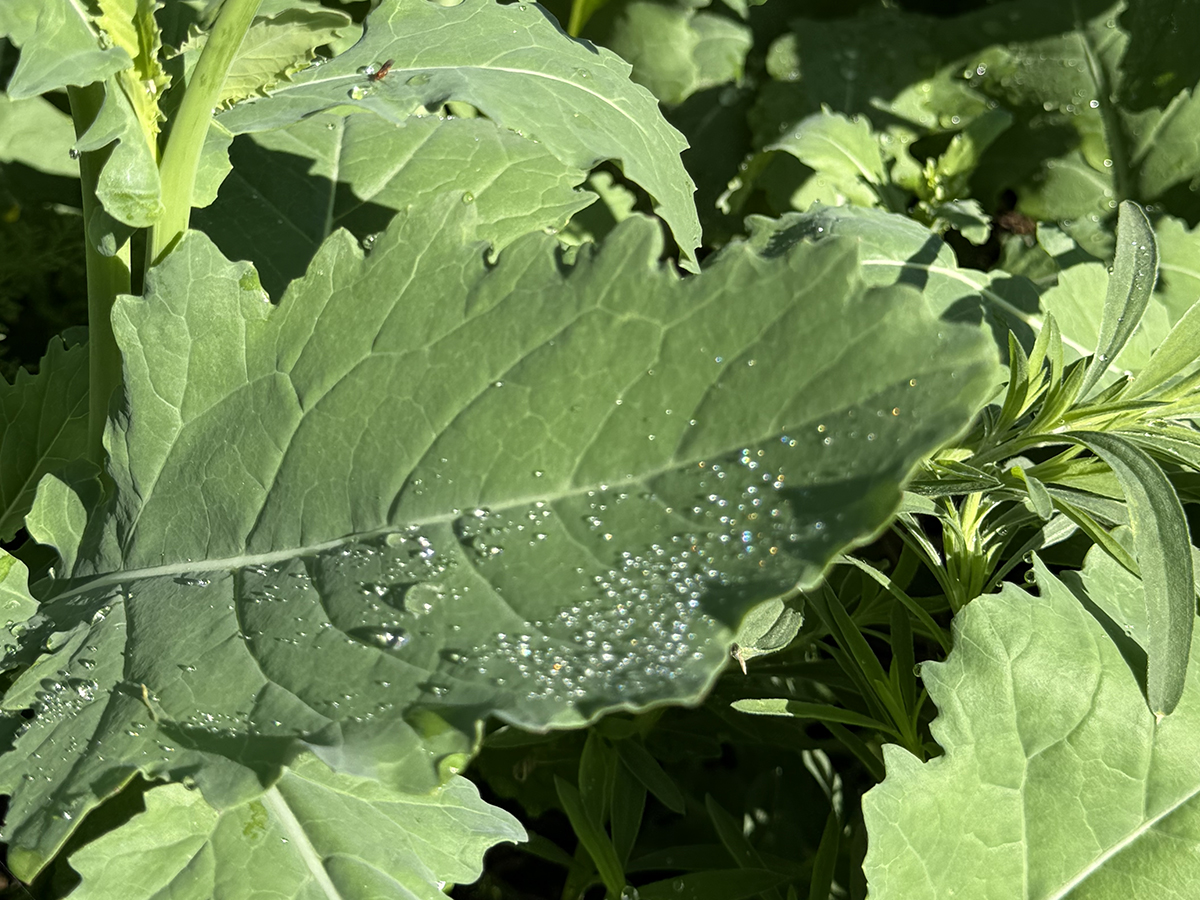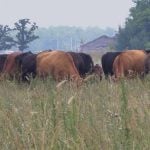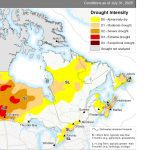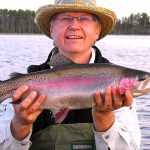LINDELL BEACH, B.C. — What would it take for poachers to turn in their rifles and snares in return for food security?
Thompson Tembo was a poacher in Zambia with three prison sentences for illegally killing elephants and other species. Desperate for change, he signed up with Community Markets for Conservation (COMACO), surrendered his gun and took training in beekeeping.
Now, with his 43 beehives and cash crops, he’s making more money than he ever did as a poacher. Some 650 poachers followed Tembo’s example, surrendering their guns and choosing a life of sustainable agriculture.
Read Also

Relative humidity linked to dew point
The dew point is the temperature that we would have to cool the air down to for condensation (or dew) to begin forming.
Far from being an ivory towered philosophy, this is boots-on-the-ground reality in Zambia where COMACO, a Wildlife Conservation Society program, has resulted in more than 61,000 wire snares and close to 1,500 rifles voluntarily turned in by poachers.
In return, they are trained in agricultural practices that improve crop yields, provide profitable livelihoods, reduce deforestation, and restore local wildlife populations.
The COMACO program, which began in 2003, has trained more than 40,000 farmers and has expanded from two locations in Zambia’s Luangwa Valley to a growing network of sites around national parks.
These sites are a buffer against the potential to poach wildlife and cut and burn trees to make charcoal, which is cheap, portable energy to sell in urban areas. Not only are wildlife populations rebounding but local people, including some of the world’s poorest farmers, are benefitting from higher crop yields and the development of value-added products.
A study that documents the results of the program was recently published in the Proceedings of the National Academy of Sciences.
“When we uncovered some of the underlying requirements in conservation to make a difference, they (villagers) were very willing to co-operate,” said COMACO founder Dale Lewis of the Wildlife Conservation Society.
“But it was a long period of having to build that trust. I wouldn’t say it was easy, but when we got to that point, it was quite easy to change gears and move into a new direction.
“With people who have guns, we can meet them on a one-on-one basis and learn who they really are and what is motivating them. They are not really people who you’d think are terrible, criminal types of people. They are simply ordinary people who happened to hit on that particular livelihood.
“So when we talked to them about it not being a very good way to build a family and we were prepared to make a commitment to them if they surrendered their guns, it really wasn’t too difficult.”
He said there were some notorious individuals, but it became easier to get them to enrol in training when they saw the benefits of the program and not have to live in fear of arrest.
Farmers learn how to make organic fertilizer, diversify food crops, establish their own seed bank and maintain a balance between farmland, woodland and natural resources.
They are organized into producer groups, receive training and benefit from more than 75 local depots where they can access markets.
COMACO is partially funding through sales of food that it buys directly from farmers living in the heart of wildlife habitat and sells to urban consumers under the “It’s Wild” brand.
The crops are shipped to regional conservation trading centres in larger towns, where they are processed into finished products such as peanut butter, cornmeal, groundnut snacks, chicken mash and honey.
When villagers see how COMOCO works, they make the connection that commerce is a better way to make a living than poaching or charcoal making.
More than 40,000 farming families are now part of the project’s network, growing corn, beans, soybeans, sugar beans, rice, millet, sorghum, cowpeas, groundnuts and cassava.
A study in 2006 of the program’s conservation farming methods found an average 15 percent higher yield over conventional subsistence farming.
“For people who have very little, it’s easy to have them appreciate things,” said Lewis. “The farmers must see they are part of the group, part of the success and benefits. So it is a process of progressing and developing the organization. Then you get the loyalty. They become really smart in how they relate to COMACO.”
A community occasionally returns to poaching or reneges on in its farming commitments. Lewis said COMACO gives the community time to get back on track, threatening that it will take its business elsewhere if the village can’t control poaching.
“We have done that on three occasions and on each occasion we have got a positive response,” said Lewis.
“We’re dealing with a fourth case now where there is a lot of politics and disharmony among people. But this is an exception.”
Lewis said the program’s 22 stores buy 80 percent of its products and demand is greater than the supply.
The business venture has its challenges, particularly the need for operating capital to buy commodities from farmers.
Transportation costs are another problem. COMACO is forced to buy older trucks that require high maintenance. As well, there are processing equipment and repair costs.
















